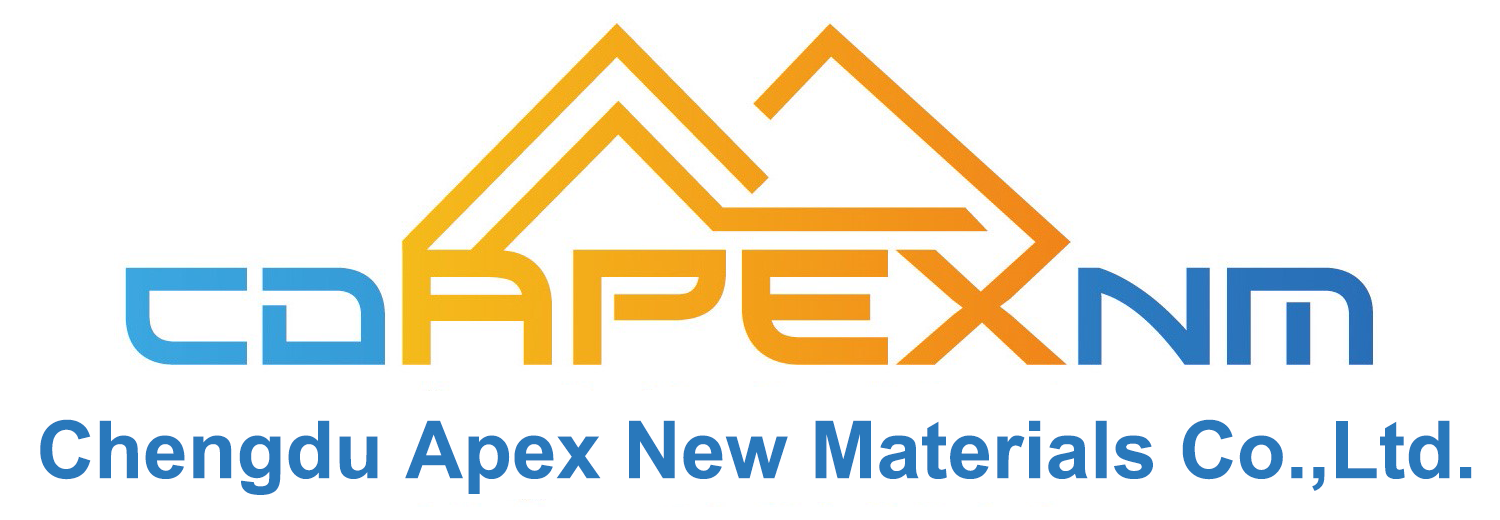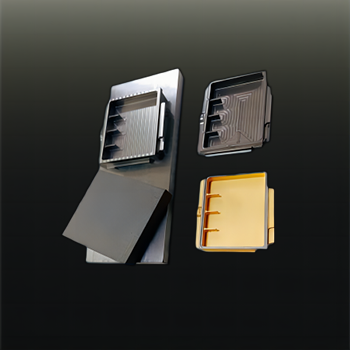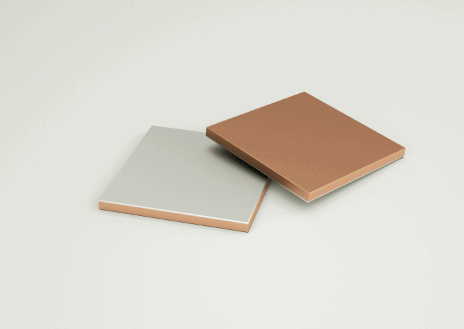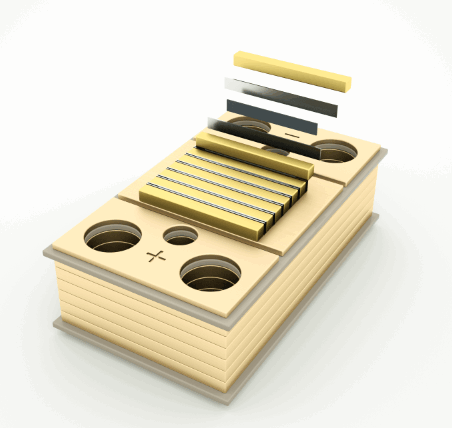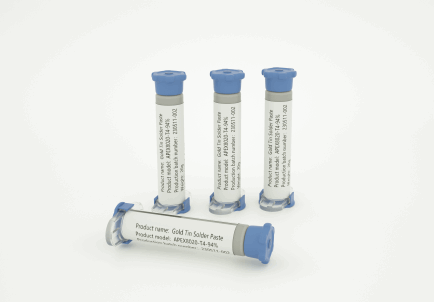Classification and specific uses of flux
Classification and specific uses of flux
At present, the welding of electronic components mainly adopts soldering technology. Tin soldering technology uses tin alloy materials mainly composed of tin as tin material. At a certain temperature, the solder melts, and the metal weldment and tin atoms attract, diffuse, and combine with each other to form an infiltrated bonding layer.
Before welding, the surface of the weldment should be tin-plated and infiltrated before welding; the appropriate welding temperature should be maintained to make the solder material have a certain fluidity to achieve the purpose of firm welding. However, the temperature should not be too high. When it is too high, it is easy to form an oxide film that affects the quality of welding.
The role of flux:
The main active ingredient in the flux is rosin, which will decompose tin at about 260 degrees Celsius, so the temperature of the tin bath should not be too high.
Flux is a chemical substance that promotes welding. In solder, it is an indispensable auxiliary material and its role is extremely important.
1) Destroy the metal oxide film to make the solder surface clean, which is conducive to the wetting of the solder and the formation of solder joint alloy.
2) It can cover the surface of solder to prevent the solder or metal from further oxidation.
3) It can enhance the activity of the solder and the surface of the metal to be welded, and reduce the surface tension of the solder.
4) Solder and flux are mutually fusible, which can increase the fluidity of solder and further improve the wetting ability.
5) It can accelerate the transfer of heat from the soldering iron tip to the solder and the surface of the object to be welded.
6) The appropriate flux can also make the solder joint beautiful.

1. Dissolve the oxide film on the surface of the base material to be welded
In the atmosphere, the surface of the base material to be welded is always covered with an oxide film, and its thickness is about 2×10-9~2×10-8m. During welding, the oxide film will inevitably prevent the solder from wetting the base material, and the welding cannot be carried out normally. Therefore, the flux must be applied to the surface of the base material to reduce the oxide on the surface of the base material, so as to achieve the purpose of eliminating the oxide film.
2. Prevent re-oxidation of the base material to be welded
The base material needs to be heated during the welding process. At high temperatures, the metal surface will accelerate oxidation. Therefore, the liquid flux covering the surface of the base material and the solder can prevent them from oxidizing.
3. Reduce the surface tension of the molten solder
The surface of the molten solder has a certain tension, just like rain falling on a lotus leaf. Due to the surface tension of the liquid, it will immediately condense into round beads of water droplets. The surface tension of the molten solder will prevent it from flowing to the surface of the base material, affecting the normal wetting. When the flux covers the surface of the molten solder, it can reduce the surface tension of the liquid solder and significantly improve the wetting performance.
4. The role of protecting the surface of the welding base material
The original surface protective layer of the welded material has been destroyed during the welding process. A good flux will quickly restore its role of protecting the welding material after welding.
Performances that the flux should have:
(1) The flux should have an appropriate active temperature range. It starts to work before the solder melts, and plays a better role in removing the oxide film and reducing the surface tension of the liquid solder during the soldering process. The melting point of the flux should be lower than the melting point of the solder, but the difference should not be too large.
(2) The flux should have good thermal stability, and the general thermal stability temperature should not be less than 100℃.
(3) The density of the flux should be less than the density of the liquid solder, so that the flux can be evenly spread on the surface of the metal to be welded, covering the solder and the surface of the metal to be welded in a thin film, effectively isolating the air and promoting the wetting of the solder to the parent material.
(4) The residue of the flux should not be corrosive and easy to clean; it should not precipitate toxic and harmful gases; it should have water-soluble resistance and insulation resistance that meet the requirements of the electronics industry; it should not absorb moisture and produce mold; it should have stable chemical properties and be easy to store.
Classification of flux:
There are many types of flux, which can be roughly divided into three major series: organic, inorganic and resin.
Resin flux is usually extracted from the secretions of trees. It is a natural product and has no corrosiveness. Rosin is the representative of this type of flux, so it is also called rosin flux.
Since flux is usually used in combination with solder, it can be divided into soft flux and hard flux corresponding to solder. Soft fluxes such as rosin, rosin mixed flux, solder paste and hydrochloric acid are commonly used in the assembly and maintenance of electronic products. They should be selected according to different welding workpieces in different occasions.
1) Inorganic soldering flux. Inorganic soldering flux has strong chemical action, high corrosiveness and very good weldability. This type of soldering flux includes inorganic acids and inorganic salts. Its melting point is about lBO^C, and it is a soldering flux suitable for tin soldering. Due to its strong corrosive effect, it is not suitable for use in electronic product assembly. It can only be used in specific occasions, and the residue must be removed after soldering.
2) Organic soldering flux. Organic soldering flux is synthesized from organic acids, organic commercial compounds and various amine salt resins. This type of flux has better soldering performance because it contains ingredients with higher acid values, but it has a certain degree of corrosiveness, the residue is not easy to clean, and there is waste gas pollution during welding, which limits its use in electronic product assembly.
3) Resin soldering flux. This type of soldering flux is widely used in electronic product assembly, and its main component is rosin. Under heating conditions, rosin has the ability to remove oxides on the surface of welded parts, and the film layer formed after welding has the function of covering and protecting solder joints from oxidation and corrosion.
Because rosin residue is non-corrosive, non-conductive, and non-hygroscopic, there is little pollution during welding, and it is easy to clean after welding, and the cost is low, so this type of soldering flux is widely used. The disadvantages of rosin soldering flux are low acid value, low softening point (about 55T), easy crystallization, poor stability, and easy decarboxylation and carbonization at high temperatures, resulting in cold solder joints.
At present, a new type of soldering flux has emerged - hydrogenated rosin, which is extracted from ordinary rosin. Hydrogenated rosin is not easy to oxidize and discolor at room temperature, has a high softening point, low brittleness, stable acid value, non-toxic, no special smell, easy to clean residue, and is suitable for wave soldering.
In actual use, it is found that when rosin is a monomer, its chemical activity is weak and it is often not sufficient to promote the wetting of solder. Therefore, a small amount of activator needs to be added to improve its activity. Rosin series fluxes are divided into four types: non-activated rosin, weakly activated rosin, activated rosin and super-activated rosin according to the presence or absence of activators and the strength of chemical activity. They are called R, RMA, RA, and RSA in the US MIL standard, respectively, while the Japanese JIS standard is divided into three grades according to the chlorine content of the flux: AA (less than 0.1wt%), A (0.1~0.5wt%), and B (0.5~1.0wt%).
① Inactive rosin (R): It is composed of pure rosin dissolved in a suitable solvent (such as isopropyl alcohol, ethanol, etc.). There is no activator in it, and the ability to eliminate the oxide film is limited, so the welded parts are required to have very good solderability. It is usually used in some circuits where corrosion risk is absolutely not allowed during use, such as implanted cardiac pacemakers.
② Weakly activated rosin (RMA): The activators added to this type of flux include organic acids such as lactic acid, citric acid, and stearic acid, as well as basic organic compounds. After adding these weak activators, wetting can be promoted, but the residue on the parent material is still non-corrosive. Except for high-reliability aviation and aerospace products or fine-pitch surface-mounted products that need to be cleaned, general civilian consumer products (such as tape recorders, TVs, etc.) do not need to set up a cleaning process. When using weakly activated rosin, there are also strict requirements for the solderability of the welded parts.
③ Activated rosin (RA) and super-activated rosin (RSA): In activated rosin flux, strong activators are added, such as aniline hydrochloride, hydrazine hydrochloride and other basic organic compounds. The activity of this flux is significantly improved, but the corrosion of chloride ions in the residue after welding becomes a problem that cannot be ignored. Therefore, it is rarely used in the assembly of electronic products. With the improvement of activators, activators that can decompose residues into non-corrosive substances at welding temperature have been developed. Most of these are derivatives of organic compounds.
Types of flux:
According to the development history of flux, combined with the current usage habits of customers in the market and the uses of flux, the flux is classified as follows:
(1) Rosin type flux
Relatively speaking, it contains more rosin or resin, so the solid content is higher, mostly 15-20% or more, and contains a small amount of halogen, so the solderability is stronger.
(2) No-clean low-solid flux
They contain rosin or resin, but the content is not much. Generally, the solid content is 8~10% or less. Most of them contain a small amount of halogen, and some do not contain halogen. The basic requirement is to control the halogen content below 0.2%.
(3) No-clean no-residue flux
Among the current no-clean no-residue fluxes, there are two major categories: containing rosin (resin) and not containing rosin (resin). The solid content of these two types of fluxes can be guaranteed to be around 2% or less, so the surface residue after welding can meet the customer's requirements; at the same time, because there is no rosin or the rosin content is low, most flux manufacturers try to improve the solderability of the flux by adding more activators and wetting agents to enhance the solderability. This is also one of the reasons why many customers who are accustomed to rosin-type fluxes cannot accept it quickly, because they are worried that in the absence of rosin, strengthening the activator will cause hidden dangers after welding.
(4) Other fluxes
①, solder flux for tinning;
②, pre-coating flux for circuit boards;
③, hot air leveling flux for circuit boards;
④, water-cleaning flux;
⑤, water-based flux;
⑥, flux for lead-free solder;
⑦, flux for solder wire;
⑧, flux for SMT solder paste;
⑨, special flux.
Requirements for flux: have certain chemical activity; have good thermal stability; have good wettability; promote the expansion of solder; the flux residue left on the substrate is non-corrosive to the substrate; have good cleaning properties; the chlorine content is below 0.2% (W/W).
